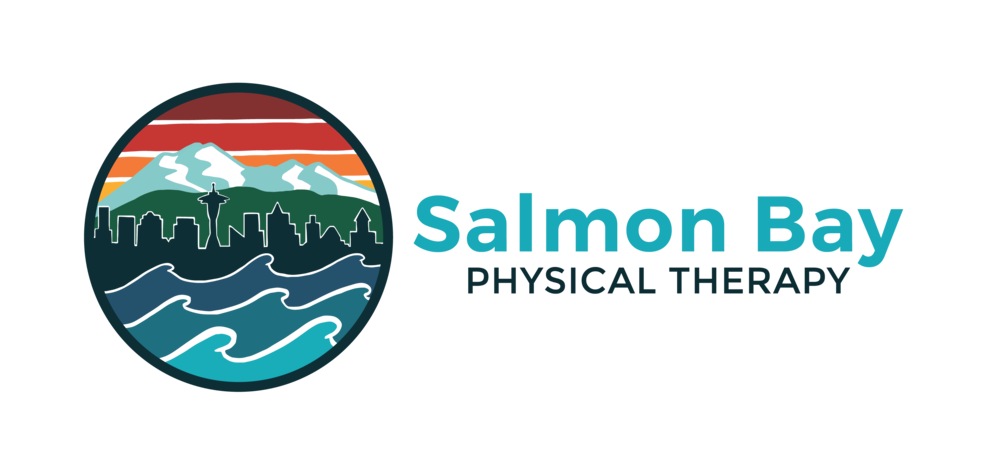Headaches - we've all had them. Did you know that not all headaches are created equal? Some types of headaches are caused by tight muscles or irritated joints in the neck and can be helped with PT. The four most common types of headaches are:
Migraines
Often experienced in recurring episodes with visual or sensory symptoms
Can last from a few hours to a few days
Many experience sensitivity to light, sound, and/or smell
Often accompanied by an aura (a visual, sensory, or speech disturbance prior to the headache)
Typically felt as pulsating pain on one side of the head and are aggravated by activity
Cluster Headaches
Experienced as a severe headache on one side of the head
Last 15 minutes to 3 hours, happen in clusters from weeks to months
Pain felt behind the eye, with eye watering and nasal congestion
Tension Headaches
The most common type of headache, experienced by 30-78% of people
Typically felt as "pressing or tightening pain" of mild to moderate intensity on both sides of the head
Can last minutes to days
Not worsened with activity
Often come along with increased tightness in neck muscles
Can be improved with PT!
Cervicogenic Headaches
Pain felt on one side of the head and/or at the base of the skull
Can be associated with neck pain, dizziness, or jaw pain
Caused by tightness in the neck/shoulder muscles or irritation of the upper neck joints
Can be improved with PT!
If you're having headaches, reach out to a PT to see if manual therapy and targeted exercises may be able to help!
Sources:
Headache Classification Committee of the International Headache Society (IHS) The International Classification of Headache Disorders, 3rd edition. Cephalgia. 2013; 33 (9): 629-808.


